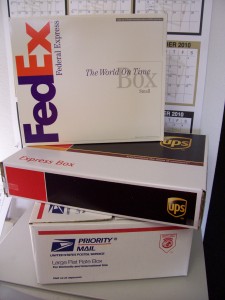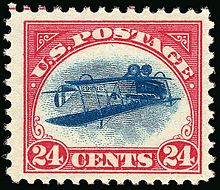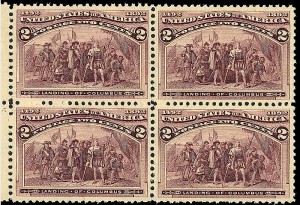 In 1919, a parcel shipping company from Seattle branched out to Oakland, California, and adopted a new name. By 1930, the United Parcel Service would be delivering packages across the country, the same year it adopted the color brown for its delivery trucks. Today UPS is a household name, a company that has its own fleet of airplanes and serves more than 200 countries worldwide.
In 1919, a parcel shipping company from Seattle branched out to Oakland, California, and adopted a new name. By 1930, the United Parcel Service would be delivering packages across the country, the same year it adopted the color brown for its delivery trucks. Today UPS is a household name, a company that has its own fleet of airplanes and serves more than 200 countries worldwide.
UPS came about in the days when there were few options for shipping a bulky package long distances. The USPS offered Parcel Post for items too large or heavy to be sent through regular mail, but while this service was economical, it employed slower means of transport, and typically took significantly longer for the package to arrive at its destination than regular mail. Overland delivery was still relatively new, but the growth of roads and the growing popularity of the automobile made the process safer, more reliable, and most importantly, faster, than it had ever been.
1973 saw UPS gaining a new competitor of its own in the parcel delivery business when Federal Express opened for business. Much like UPS had done half a century earlier, Federal Express took advantage of the emerging popularity of (more…)
Related Posts:
The first postage stamps, introduced in Great Britain in 1840, revolutionized postal delivery. The United States Postal Service introduced its own stamps in 1847, and made them the only acceptable form of postage payment eight years later. Stamps allowed for postage to be prepaid by the sender. Before stamps, postage was usually paid by the recipient. This caused a few problems.
Most obviously, if a letter was undeliverable, no postage could be collected. Yet all the work had already been done to get the letter to its intended destination. Even if the letter found its recipient, he could refuse payment. Sure, he wouldn't get the correspondence, but the postal service was still out whatever it cost to make the attempt.
The first U.S. stamps came in 5- and 10-cent denominations, and featured (more…)
Related Posts:
People began collecting postage stamps almost immediately after the first example, the Penny Black, was issued in 1840. Today it is one of the world's most widely enjoyed hobbies, and it is estimated that there are 20 million stamp collectors just in the United States.
While many people collect stamps as nothing more than a recreational activity, some stamps have become highly valuable objects. Perhaps the most famous example in American history is the Inverted Jenny stamp. The origin of the Inverted Jenny goes back to 1918, when the USPS initiated trails in airmail service. Airmail cost 24 cents at the time, three times the rate for regular mail, and the Postal Service printed special stamps for the new class of mail. These stamps featured the image of a Curtiss JN-4 “Jenny” biplane, the type of plane that was used in the early air-mail experiment, in blue ink, with a border of red containing the words “U.S. Postage, 24 cents.
This two-color process required the sheets of stamps to be run through printing presses twice, and at least four sheets (of 100 stamps each) of these early airmail stamps was printed with an error: the Jenny biplane was upside down. Three of them were (more…)
